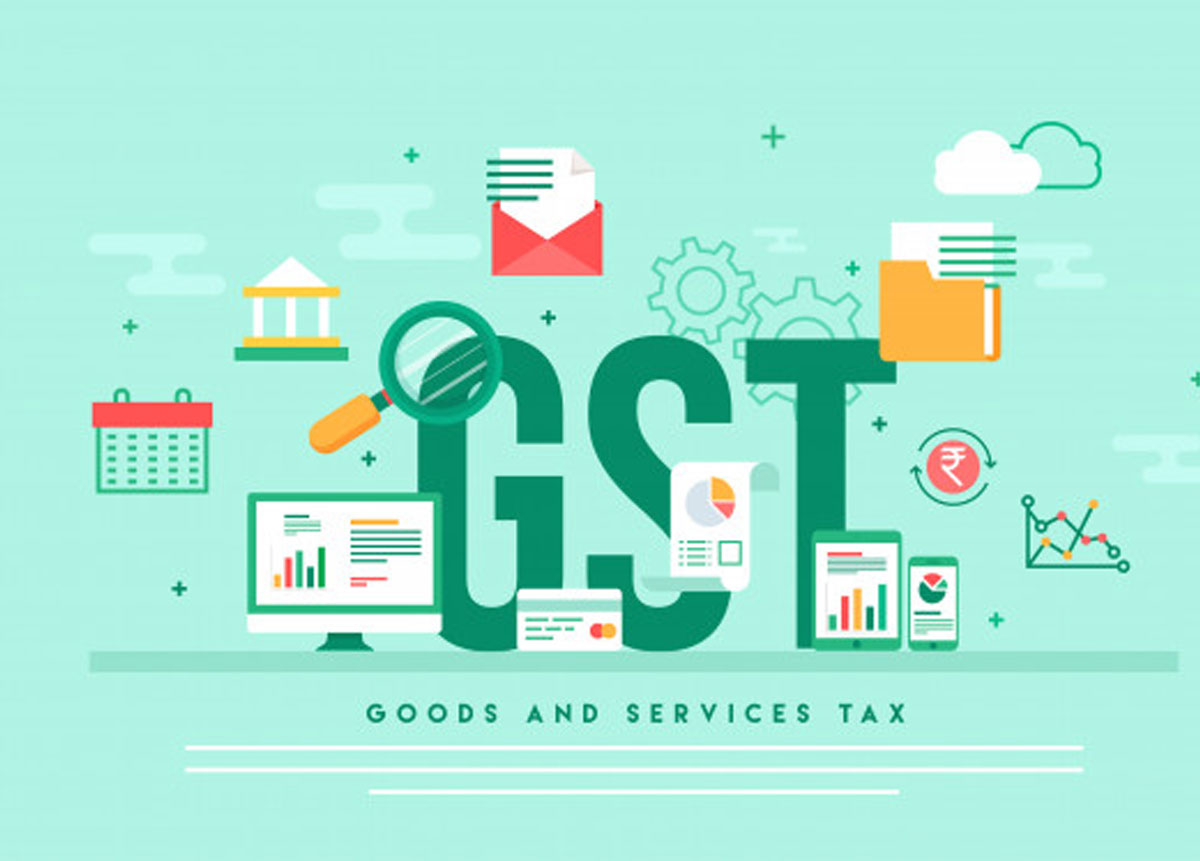In this article, let’s discuss all the important things to be done to stay compliant under GST after obtaining the GST registration certificate.
Please note, that where business is being carried out in different States, every such business must be registered separately under GST. Hence, each of such GSTIN must comply with these GST rules separately.
Due to lack of awareness about the GST laws many registered dealers are doing some common errors and mistakes which result in huge penalties. To avoid such upshots we have listed the precautions to be taken as below:
1. Enable e-verification in GST Portal:
A Mandatory e-verification includes either with DSC (Digital Signature Certificate) or EVC (Electronic Verification Code) in the GST Common Portal for submitting, filing the returns and for all other interactions with the GST department. This is done at the time of registration or just after the registration (First time login).
2. Display GST Registration details in the Name-board:
Once a GST number is obtained, every business must compulsorily display their GSTN on the name-board placed at the entrance of the registered office.
3. Display GST Registration details in place of business:
Every business must compulsorily exhibit their GST registration certificate at a visible or noticeable place inner location of the Principal place of business and every other place of businesses.
4. Decide on place of Supply and Type of Tax to be calculated:
Identify the GST nature of transaction & decide whether the supply is going to happen within the state or outside the state. Based on that Type of Tax – (CGST, SGST or IGST) to be calculated respectively.
CGST – Central GST – applies to transactions within the state – Tax amount goes to the Central Government.
SGST – State GST – applies to transactions within the state – Tax amount goes to the State Government.
IGST – Integrated GST – applies to transactions outside the state – Tax amount goes to the Central Government.
Transaction within the state – 50% of tax amount will be CGST & 50% of tax amount will be SGST
Transaction outside the state – 100% of tax amount will be IGST
5. Producing GST Invoice:
Every business must start issuing an acceptable invoice that is fulfilling all the GST rules mentioned for invoicing. Being this form the basic evidence to the buyer to claim the Input tax credit, certain fields in Invoices are compulsory.
The mandatory fields an invoice must have as per CGST rules are as
- GST Invoice should be unique for financial year & should not exceed 16 characters that can be alphanumeric along with special characters.
- Invoice Date
- Name & Address of the GST Registered Issuer along with GSTIN
- Name & Address of the GST Registered Recipient along with GSTIN
- Description of Goods / Services along with HSN / SAC Code
- Quantity, Rate of Tax, Value.
- Place of Supply, State Name & State Code
- Segregation of tax amount as CGST, SGST or IGST separately
- Total Invoice amount.
- Signature of the issuer.
6. Collecting GST on all transactions:
Every business should start collecting the GST on all the transactions from thereon. The registered dealer must mention the type of tax, tax rate and also the HSN code in the invoice issued by him. Any violation in that will lead to penalty.
7. Issuing E-Way bill:
As per law, every registered business has to generate e-way bills for all transactions to transport the goods if invoice value exceeds Rs. 50000/-. Failing to do is an offence & will attract a penalty of Rs. 10000/-.
8. Know about reverse charge:
Any purchase from unregistered suppliers can attract a reverse charge rule for a list of goods and services which are notified by CBIC, tax is paid on a reverse charge basis by the buyer instead of the supplier.
9. File ITC-01 for the Closing Stocks to claim Input Tax Credit:
The tax paid on all the purchases of raw Materials used for manufacturing and the finished goods will be eligible for ITC claim, this should be claimed within 30 days from the grant of GST Registration Certificate.
10. Claim ITC on Purchases in GSTR3B:
All the purchases done after the GST Registration are eligible to claim Input tax credit in the GSTR3B on a provisional basis provided GSTR1 must be filed by the supplier and the physical copy of tax invoice issued by the supplier should be properly preserved.
11. Maintain proper books of accounts as per GST law:
For every financial year clear documents and records are to be maintained by the registered dealer strictly as per GST law. Proper books of accounts & records must be kept for at least 6 years from filing the annual returns.
12. Filing the returns on time:
Once after obtaining GST Registration, the registered business should file his total outward supplies in the returns which are appropriate to them before the due dates. All taxpayers will pay their liability after adjusting ITC in GSTR3B. Filing the returns on time avoids late fees and interest.
Please note that, in GST law the penalty for default is very heavy on violation of the above checklists. So it is advised to the registered business to follow the GST rules and laws to get rid of errors and mistakes.


Leave A Comment